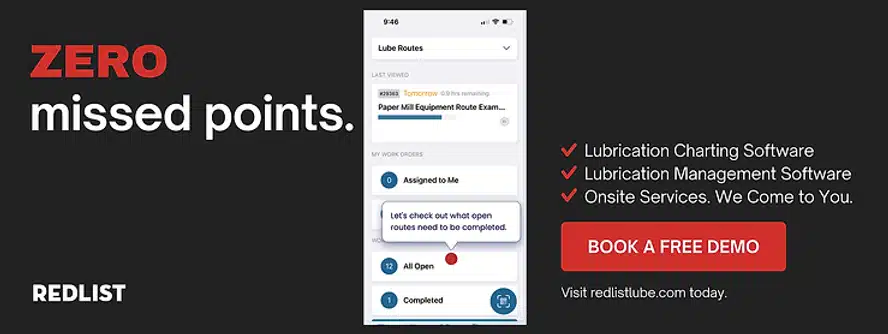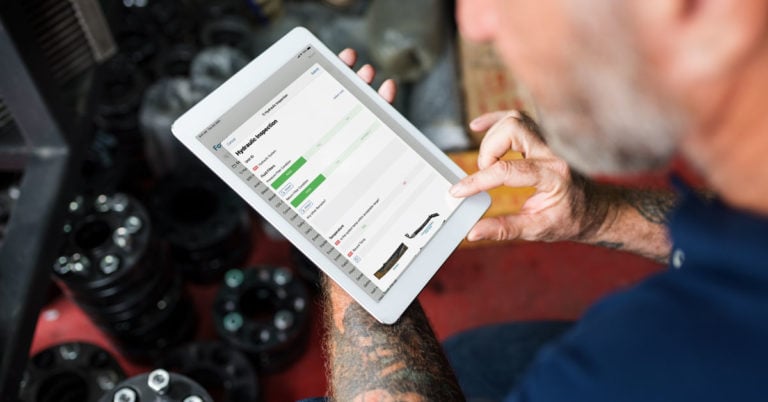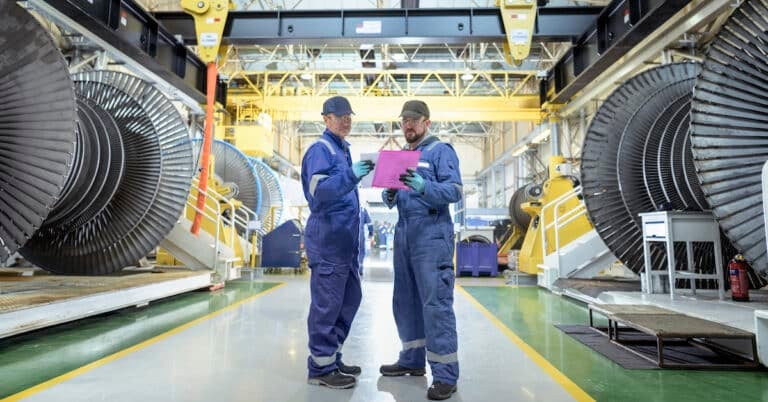MRO assets (also known as Maintenance, Repair, and Operations assets) are a vital part of any business. You use these assets to maintain and operate the equipment that keeps your business running. Without them, production would halt and your business would be unable to function. In this blog post, we will discuss what MRO assets are and why they are important. We will also look at the most common MRO assets and a key step to keep them running smoothly.
What is MRO?
MRO stands for Maintenance, Repair, and Operations, which breaks down to:
- Maintenance – Because repair has its own category, maintenance is in reference to other forms of maintenance including preventive maintenance, condition-based maintenance, routine maintenance, prescriptive maintenance, and predictive maintenance.
- Repair – This is only reactive maintenance that involves fixing assets that are broken down or not performing at their best.
- Operations – This includes any of the daily activities and processes to keep everything running, including work order management, service ticket management, inventory management, regular inspections, and metrics reporting.
Assets Vs. MRO Assets
The technical definition of an asset by ISO (International Organization for Standardization) standards is anything that provides actual or potential value to a company. That would actually include intangible assets like your safety record, company reputation, intellectual property, etc. In our industry, we are primarily talking about tangible assets such as heavy equipment and machinery that brings value through manufacturing your product or delivering your service. MRO assets are more specifically associated with maintenance, repair, and operations.
Types of MRO Assets
These are the main subcategories of MRO assets:
- Infrastructure – land, buildings or structures, offices, etc.
- Heavy Equipment – cranes, excavators, dump trucks, etc.
- Production Equipment – manufacturing equipment or machinery and their components.
- Material Handling Equipment – equipment used for the transportation of materials such as forklifts or conveyors.
- Tools – power tools and hand tools such as drills, saws, and screwdrivers.
- Consumables – items that are used or worn out regularly including oil, coolant, adhesives, safety gear, and personal protective equipment (PPE).
Why Are MRO Assets Important?
If you work in maintenance, you understand the tremendous value of MRO assets. However, it can be challenging to communicate that to upper management. It can be hard to articulate the full scope of maintenance and its impact on productivity, costs, and overall profitability. But, by implementing strategies that optimize the management of these assets, you can truly maximize their potential and help drive business growth. This may include using traditional methods such as asset tags or QR code label solutions to track where your equipment is at all times and streamline your repair workflows. MRO is more than just waiting for an asset to break down, then repairing or replacing it. A strategy that optimizes the management and maintenance of MRO assets can increase production, reduce costs, and increase profitability.
Impact on Profitability
MRO assets may seem like a small piece of the puzzle when looking at a company’s overall production, but they can make a large impact on profitability.
MRO assets account for 47% of a company’s procurement costs on average.
Poorly managed maintenance can lead to more frequent equipment breakdown. This not only increases repair costs but also shuts down production and potentially leaves you with an unhappy customer. If your company overlooks the routine maintenance of MRO assets, you can actually reduce the lifecycle of your assets. Thus, increasing procurement costs as you have to replace valuable assets more often.
Impact on Productivity
Many companies still rely on paper, whiteboards, or spreadsheets to manage their maintenance operations. This is an inefficient process that slows down productivity and often leads to more occurrences of equipment breakdown. Furthermore, without a clear maintenance plan that everyone can access, understand, and track for effectiveness, your technicians may end up doing maintenance tasks that aren’t necessary or productive.
Even companies in business for over 50 years run into this problem. One Redlist user was experiencing $12,000 per hour in lost production due to repetitive bearing failures. They found that their technicians were not completing lubrication routes at the right frequency, only partially completing them, or missing some assets completely. After implementing Redlist to digitize their lubrication plan, their technicians completed 100% of their lubrication routes. This one change has saved the company $480,000 in downtime and reduced labor costs. Additionally, they have increased plant production and reliability. Read more about their experience with Redlist and the impact in their case study.

Manage Your MRO Assets with Redlist
Whether you work in an industrial setting, a manufacturing environment, or a service industry, maintaining and managing your MRO assets can be crucial to ensuring that your organization runs smoothly and efficiently. While many people believe that asset maintenance and repair is simply a matter of waiting for one of your critical assets to fail, this view does not take into account the important role that proactive maintenance can play in optimizing productivity, cutting costs, and improving the bottom line. By keeping a close eye on the health and performance of your MRO assets, you will be better able to prevent costly breakdowns and delays. Redlist’s Enterprise Asset Management (EAM) software can support you in improving your management of MRO assets, ultimately helping them provide the maximum value possible to your organization and contribute to its overall success. Book an EAM software demo today!


